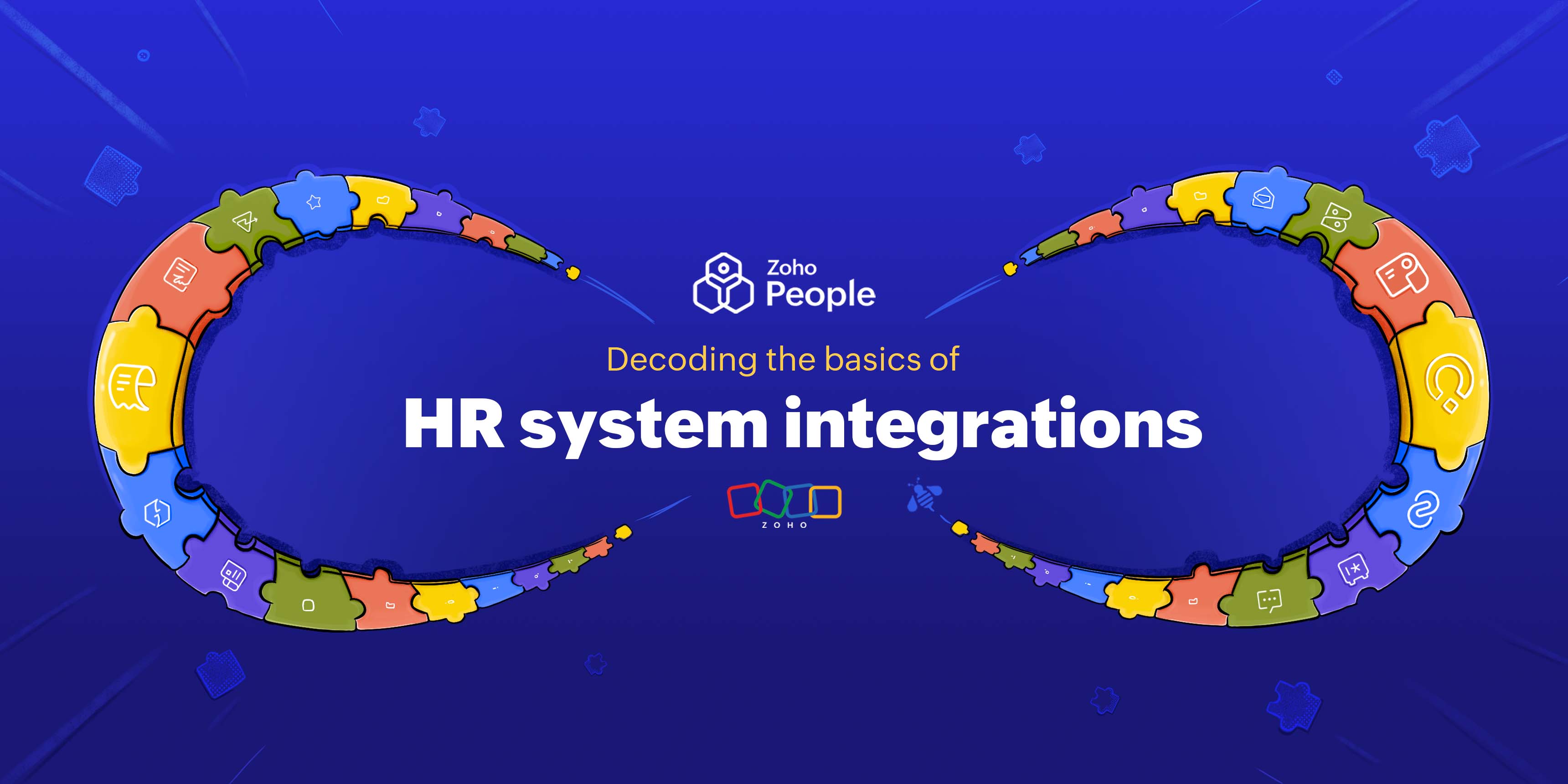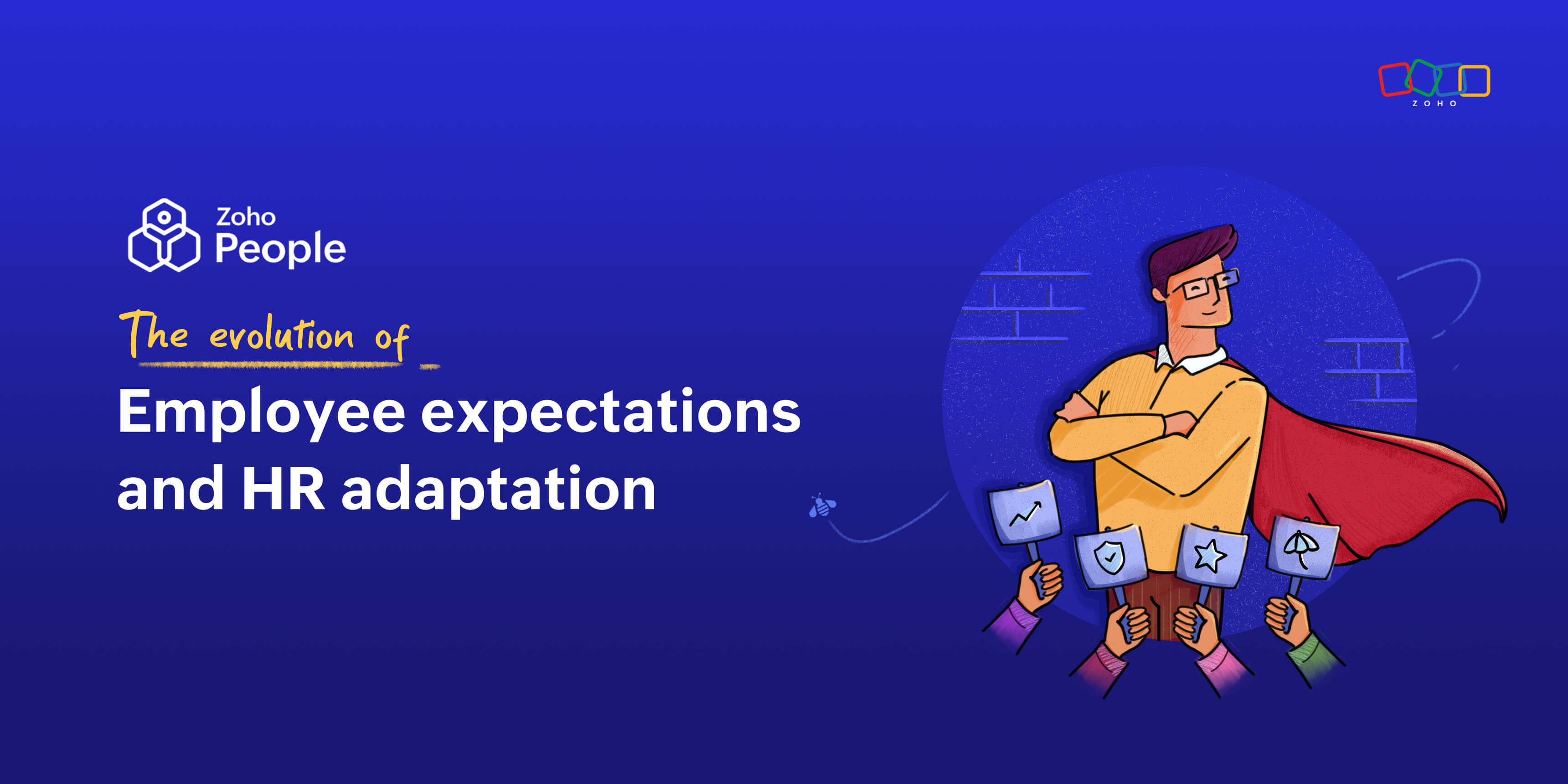- HOME
- HR insights
- Tips to promote gender equality at the workplace
Tips to promote gender equality at the workplace
- Last Updated : August 23, 2023
- 3.8K Views
- 5 Min Read

It was International Women's Day recently, which means it's a great time to revisit your employee management practices to be sure you're doing everything possible to promote gender equality in your organization. Now, we know what you might be thinking: "It's 2021! Of course we don't discriminate based on gender." But while we have come a long way, the Global Gender Gap Report for 2020 predicts that it will still take another 100 years to achieve gender equality. Not to mention that this statistic doesn't account for transgender rights and representation, which are pivotal to creating safe, gender-inclusive work environments. So it's clear there is still work to be done. By revisiting your management practices regularly, you will ensure no employee is left out when it comes to career development opportunities, and that harassment on the basis of sex or gender identity can be identified and dealt with appropriately.
Not only do gender equality practices and protections benefit your employees, but they also benefit your business. Diversity encourages new ideas, opinions, and perspectives to shine in your organization. As a result, your teams will become more innovative, and problems that once hampered your business growth will be solved faster and more efficiently. It's also important to note that your organization's commitment to gender equality can influence how your customers, employees, and potential candidates perceive your brand. Any discrimination on the basis of sex or gender identity will not be tolerated by a modern workforce, and customers are also more likely to rally behind brands that promote equality.
So if you're looking to create a happier workforce and grow your organization, here are some tips to help you improve gender equality in your organization:
Start from hiring
Being mindful of gender equality practices during recruitment is the key to building a workplace that is bias-free. As a first step, ensure that no role or position is tagged as "men's" or "women's" work. Be meticulous when preparing the job description to avoid biased language that comes from preconceived ideas, beliefs, or stereotypes. Ensure that hiring decisions are not based on the candidate's personal information like their age, marital status, or the number of kids they have. In fact, it's a good idea to encourage hiring officials to collect these details only after appointing the candidate. When hiring employees for leadership roles, it's better to have employees with a variety of gender identities on the hiring panel to make sure the final decision is fair and equal.
Build an inclusive culture
Gender equality should be woven into your organizational culture to ensure that no employee is underrepresented or undervalued. Sometimes, far-reaching changes need to be made to establish a culture that is free from gender discrimination. This starts by having top-level leaders who are committed to promoting gender equality and exemplify that when hiring executives. It's also important to remind employees at all levels to use gender-neutral language so that no employee feels alienated. An example would be using pronouns like "they" and "them" in official business communications, whether written or spoken. Encourage managers to provide an equal amount of responsibilities to everybody on their team and extend parental benefits to everyone, regardless of gender.
Support salary transparency
Pay inequality at work can demotivate employees and greatly damage your employer reputation. That's why many organizations are now promoting pay transparency to ensure that nobody is paid more or less because of their gender. Creating a central repository that has the salary details of every employee can help this cause. You can either make the pay data public or restrict its access so only current employees can see it. Be sure to inform employees about how the salary of each role is determined. Some organizations have adopted partial pay transparency, a system in which the pay range of every role is made available to employees rather than the exact salary data.
Improve gender equality awareness
Conducting continuous gender inclusion training programs is the key to enabling a positive work environment where employees respect, support, and uplift each other. The training will also help your employees identify and overcome any unconscious biases that may be influencing major decisions in the organization. Over time, these decisions could prevent some employees from progressing simply because of their gender. You may not even realize these biases exist, which is where is awareness comes in. Gender equality training should be mandatory for everybody in your organization, including those who help decide promotions, pay increases, and candidate appointments. Set clear goals to explain why employees need to take this training and what they can expect from the course.
Helpful tip: Organizations across the world are also including transgender awareness training as part of their gender equality courses. This is important for creating a safe work environment for everyone, regardless of their gender identity.
Uphold flexibility and work-life balance
It's important to acknowledge the fact that your employees have a personal life outside work. They may have to take care of their baby or an elderly parent. No employee should be denied career advancement opportunities because of their responsibilities at home. That's why organizations need to develop a flexible work environment that supports a healthy work-life balance so that employees can manage their personal lives without having to sacrifice their careers. Flexibility can include practicing flex time, providing remote work options, encouraging employees to use their time off, and more.
Also read:Tips to establish a flexible work culture
Create strict anti-harassment policies
Strict anti-harassment policies need to be in place to ensure that no employee is mistreated, disrespected, exploited, harassed, or discriminated against in your organization. Work should be a safe place for people to thrive and be themselves. While drafting the policy, it's good to mention its objective, the organization's definition of harassment and discrimination, the consequences for not following the policy, and how affected employees can report acts of misconduct. During onboarding, ensure that every employee signs their agreement to the policy's terms. Whenever harassment is reported, ensure confidentiality and form a panel of unbiased individuals to investigate the issue with the utmost care.
Developing a workplace that promotes gender equality and enables every employee to grow can do a lot of good for your organization. When employees aren't afraid to be true to who they are, they bring more creative and authentic energy to their roles. This helps improve morale and teamwork, ultimately pushing your business to even greater heights.
We hope this was insightful! Were there any tips we missed? What strategies have you used to promote gender equality in your organization? Let us know in the comments.
Also read: Empowering women in your organization
 Tarika
TarikaContent Specialist at Zoho People


